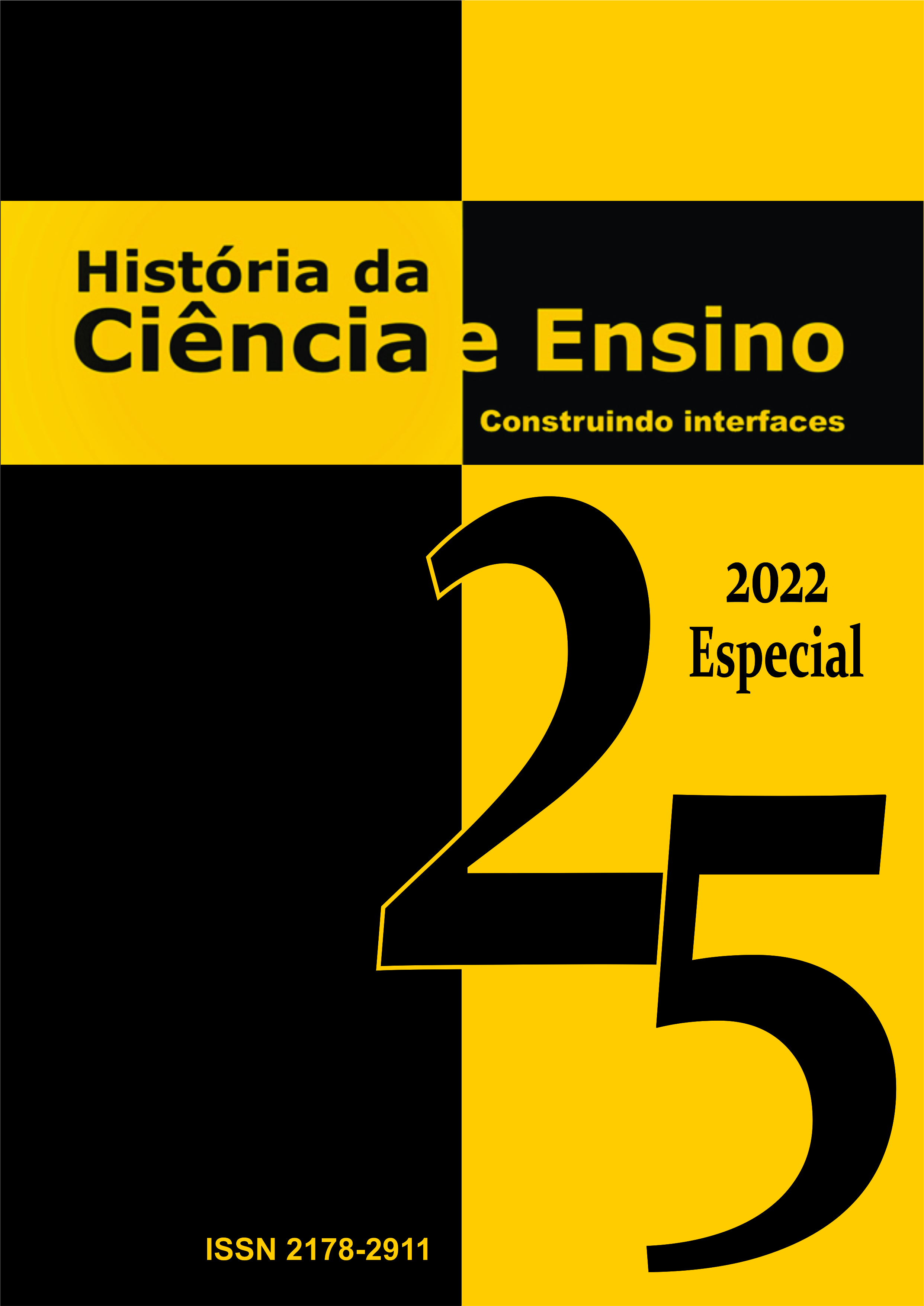Narratives about the steam engine
technology, science and culture in relation to nature
DOI:
https://doi.org/10.23925/2178-2911.2022v25esppp263-281Abstract
In 19th century, the steam engine interested scientists, engineers, artists, landscapers, citizens, and pedagogues. Amidst enthusiasms, hopes and fears, contact with the steam engine has generated thoughts on the relationship between natural and artificial, on the relationship between science and technology, has acquired some importance in the development of the intelligibility of the world, has subverted the aesthetics of representation and has transformed life on the planet. The steam engine is at the beginning of an accelerated transformation of life on and of the planet itself. This is a time understood by many as to be the beginning of the Anthropocene. Being a researcher/trainer, I am interested in building non-fragmented approaches to knowledge and to the world. We are the heirs of some discussions present at that time, for example, the duality between nature and culture, not yet overcome. In the present text I intend to compose some narratives with different disciplinary origins, built from texts, images, objects, and historical studies, crossing them and exploring them from a pedagogical point of view. With this, I intend to contribute to the development of new ways of life as regards "historical" teaching objects, placing them within those narratives. I bring on stories, cities, paintings, pedagogical cardboard models (1877), and a three-dimensional pedagogical object of the steam engine (1940).
Keywords: steam engine; nature-technology-science; science education; aesthetic fruition; narratives.


